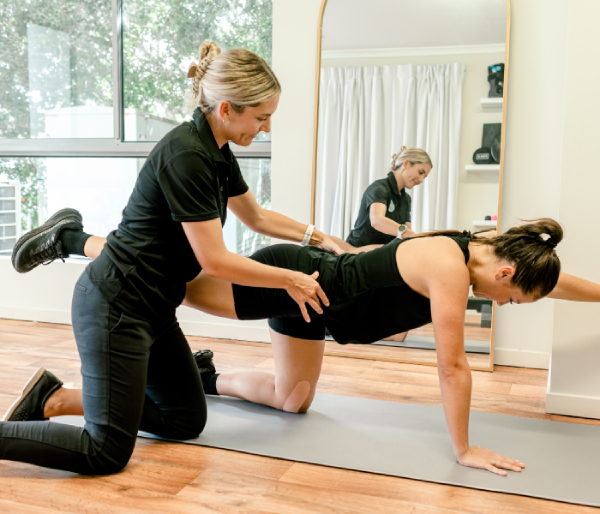Stretching Before and After an Activity: Understanding the Differences

Stretching is a fundamental component of any fitness routine, yet it often raises questions about the best time to incorporate it: before or after an activity. Both pre-activity and post-activity stretching offer unique benefits and serve different purposes. Understanding these differences can help you optimise your exercise regimen and prevent injuries. Here’s a detailed look at the differences between stretching before and after an activity and how to incorporate them effectively into your routine.
Pre-Activity Stretching
1. Dynamic Stretching: Preparing the Body for Movement
Dynamic stretching involves controlled movements that gently take your muscles and joints through their full range of motion. This type of stretching is best suited for pre-activity because it helps prepare your body for the physical demands of your workout.
Benefits:
- Increases Blood Flow: Dynamic stretches boost blood circulation, ensuring your muscles receive more oxygen and nutrients.
- Enhances Muscle Performance: By warming up your muscles, dynamic stretching can improve muscle performance and responsiveness.
- Reduces Injury Risk: Pre-activity stretching helps reduce the risk of injuries by gradually increasing the muscle temperature and flexibility.
Examples of Dynamic Stretches:
- Leg swings
- Arm circles
- Walking lunges
- High knees
Tips:
- Perform dynamic stretches for about 10 minutes before starting your main workout.
- Focus on movements that mimic the actions of your planned activity.
- Start slow and gradually increase the speed of the movements.
Post-Activity Stretching
2. Static Stretching: Promoting Flexibility and Recovery
Static stretching involves holding a stretch for an extended period, typically between 15-60 seconds. This type of stretching is most beneficial after an activity, during the cool-down phase, as it helps to relax and lengthen the muscles that have been worked.
Benefits:
- Improves Flexibility: Regular static stretching increases overall muscle flexibility, enhancing the range of motion in your joints.
- Aids Muscle Recovery: Post-activity stretching helps reduce muscle stiffness and soreness by promoting blood flow and nutrient delivery to the muscles.
- Calms the Nervous System: Stretching after exercise helps lower the heart rate and activates the parasympathetic nervous system, promoting relaxation.
Examples of Static Stretches:
- Hamstring stretch
- Quadriceps stretch
- Calf stretch
- Gluteal stretch
Tips:
- Hold each stretch for at least 15-30 seconds, breathing deeply and avoiding any bouncing movements.
- Focus on major muscle groups used during your activity, ensuring a comprehensive stretch.
Combining Both for Optimal Performance
Integrating both dynamic and static stretching into your exercise routine can significantly enhance your performance and recovery. Here’s how to effectively combine both:
- Before Activity: Start with a light aerobic warm-up to get your blood flowing. Follow this with dynamic stretches targeting the muscles you’ll be using in your workout.
- After Activity: After your workout, perform a cool-down with light activity such as walking. Then, move into static stretches, holding each stretch to promote muscle relaxation and flexibility.
Common Mistakes to Avoid
- Skipping the Warm-Up: Jumping straight into static stretching without a proper warm-up can increase the risk of injury. Always begin with a dynamic warm-up.
- Overstretching Cold Muscles: Static stretching cold muscles can cause strains. Ensure your muscles are warm before engaging in static stretches.
- Bouncing During Stretches: Avoid bouncing or jerking movements during static stretches, as these can cause muscle strains and injuries.
Conclusion
Understanding the distinct benefits of stretching before and after an activity allows you to tailor your fitness routine for maximum efficiency and safety. Dynamic stretching prepares your body for physical exertion, while static stretching aids in recovery and flexibility improvement. By incorporating both into your exercise regimen, you can enhance your overall performance, reduce the risk of injury, and promote long-term muscle health.
Remember, stretching should feel good and never cause pain. Listen to your body and adjust your stretches accordingly to enjoy a safe and effective workout routine.
